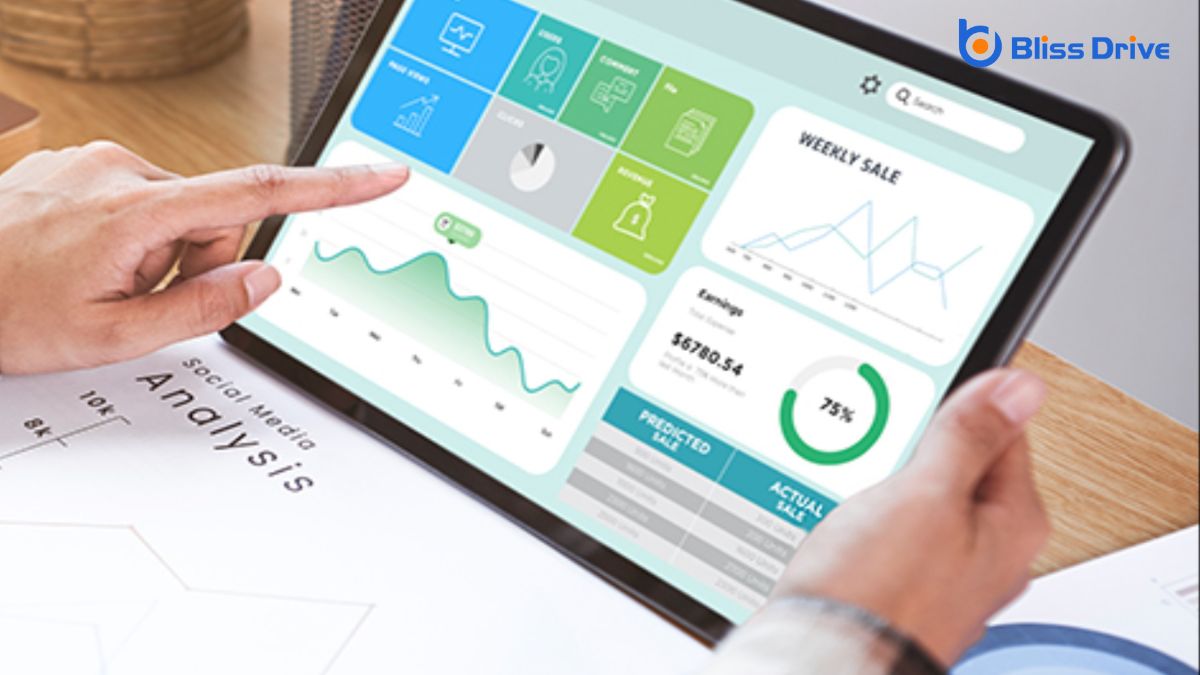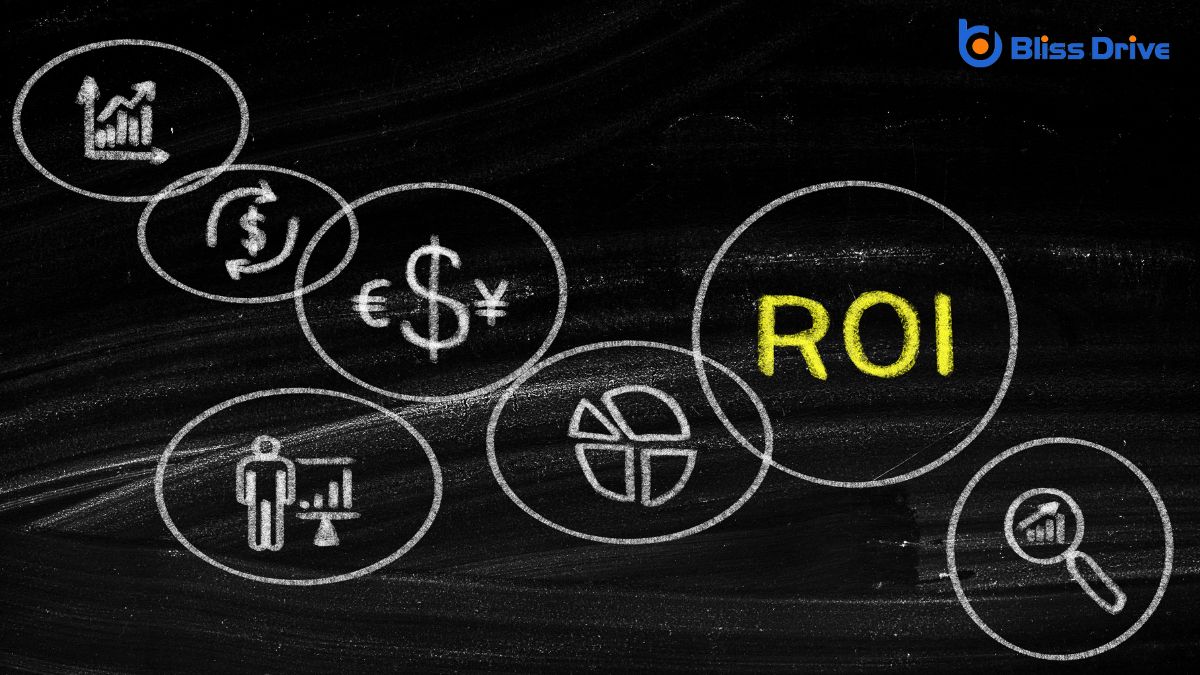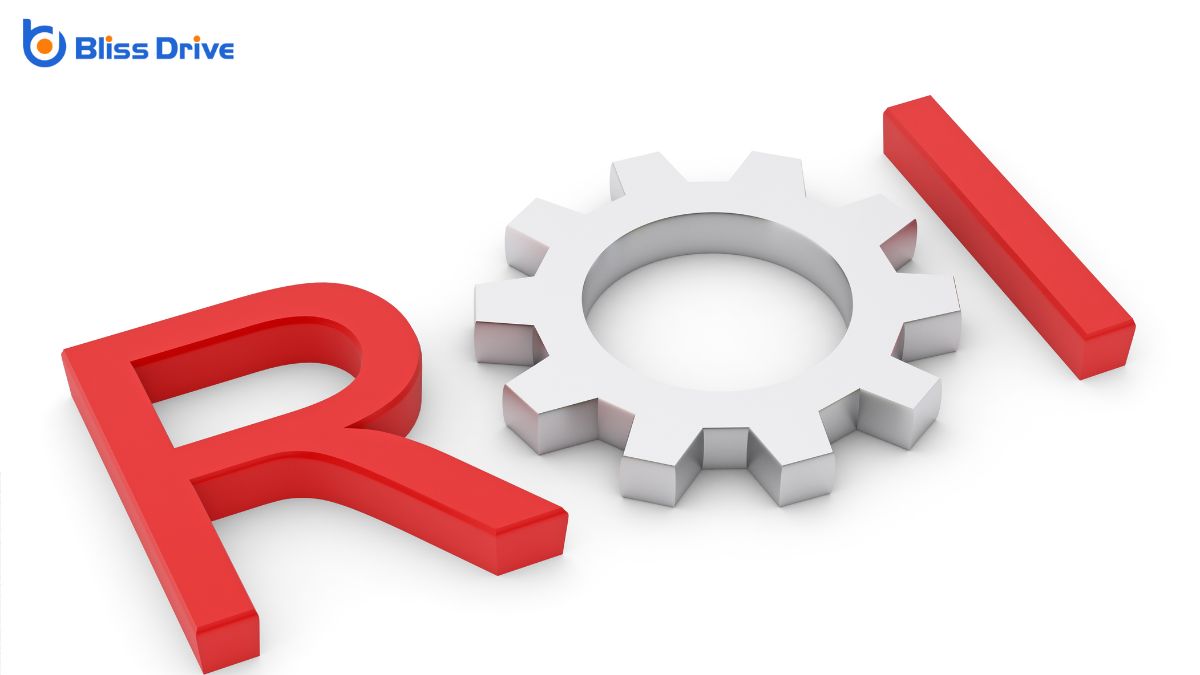Learn More About Us

In digital marketing, ROI, or return on investment, is something we're all keen to understand. It tells us how profitable our marketing efforts were, relative to what we spent. By calculating ROI, we can see which campaigns work and which don't, guiding us to smarter decisions. But how do we measure it effectively, and what metrics should we focus on? There's more to uncover about optimizing our strategies and maximizing returns.

Understanding the basics of ROI is crucial for anyone involved in digital marketing. When we talk about ROI, we’re focusing on the return on investment, which tells us how much profit we’ve made from our marketing efforts compared to what we’ve spent.
To calculate ROI, we subtract the cost of the investment from the total revenue generated and then divide by the cost of the investment. This percentage helps us gauge the effectiveness of our campaigns. A positive ROI means we’ve made more than we spent, while a negative ROI indicates a loss.
As we explore the importance of ROI in digital marketing, let's consider how it helps us measure our marketing effectiveness.
By understanding which strategies yield the best returns, we can make more informed budget allocationThe process of distributing a budget across different campaigns and ad groups. decisions.
This guarantees our resources are invested in the most impactful ways, maximizing our overall success.
How do we determine if our digital marketing efforts are truly effective? We start by measuring marketing effectiveness through key performance indicators (KPIs) that align with our goals.
These KPIs might include conversionThe completion of a desired action by a referred user, such as making a purchase or filling out a fo... rates, click-through rates, or engagementThe interactions that users have with a brand’s content on social media. levels, depending on our campaign's objectives. By analyzing these metrics, we can assess which strategies are working and which might need adjustment.
Additionally, calculating ROI provides a clear picture of the financial return on our marketing investments. This involves comparing the revenue generated from our campaigns to the costs incurred.
A positive ROI indicates successful strategies, while a negative one signals a need for change. Consistent monitoring helps us refine our approach, ensuring we're maximizing the impact of our digital marketing efforts.
When making budget allocation decisions in digital marketing, ROI serves as an essential guide for determining where to direct our resources.
By analyzing ROI, we can identify which campaigns deliver the greatest value, helping us maximize our marketing impact. Understanding this helps us prioritize and allocate our budget effectively.
Here’s how ROI guides our decisions:
ROI isn’t just a number; it’s our compass for smart spending.
Understanding key metrics is essential for accurately measuring ROI in digital marketing. We need to focus on metrics that truly reflect our efforts' effectiveness.
Conversion rateThe percentage of visitors who complete a desired action, such as making a purchase or filling out a... is one of the most critical metrics, as it shows us how well we're turning visitors into customers. Click-through rate (CTR)The percentage of users who click on a specific link or CTA. helps us gauge the engagement level of our content, indicating if our messages resonate.
Cost per acquisition (CPA) allows us to see how much we're spending to gain each new customer, ensuring our strategies are cost-effective. Additionally, lifetime value (LTV) lets us understand the long-term potential of our customers.
Let's start by understanding the basic ROI formula: ROI = (Net Profit / Cost of Investment) x 100.
We'll break down the cost components to guarantee we include all relevant expenses like ad spendThe total amount of money spent on advertising campaigns., software fees, and personnel costs.
Although grasping the concept of ROI in digital marketing might seem intimidating at first, breaking it down into its core components can make it much more manageable.
Let's start by defining the formula: ROI = (Net Profit / Investment) x 100. This formula helps us quantify the efficiency of our marketing efforts.
Here's how we break it down:
Understanding this formula empowers us to make informed decisions.
When analyzing the cost components of our digital marketing efforts, we need to scrutinize several key areas.
First, let's consider advertising expenses, including paid searchAdvertising on search engines, where advertisers pay to have their ads appear in search results., display adsVisual-based ads that appear on websites, apps, or social media., and social media promotions. These are often the most visible costs but not the only ones.
We should also examine software and technology costs, such as tools for analyticsThe systematic computational analysis of data or statistics to gain insights and support decision-ma..., automationUsing software to send emails automatically based on predefined triggers and schedules., and CRM systems.
Don’t forget to include the cost of content creation, like graphics, videos, and copywriting services.
Additionally, labor costs for our team’s time and expertise in planning and executing campaigns are essential.
Finally, account for any third-party services, like agencies or consultants.
How do we truly measure the impact of our efforts on social media? We need to focus on ROI, which can seem elusive, but it's vital for understanding our success.
By analyzing our social media efforts, we can determine what's working and where we need improvement. Here’s how we can do it:
Measuring these elements helps us optimize our strategy effectively.
To truly grasp the ROI in SEO and Content MarketingA strategic approach focused on creating and distributing valuable, relevant, and consistent content..., we must analyze how these strategies enhance our visibility and drive targeted traffic. By optimizing our website with relevant keywordsWords or phrases that users type into search engines to find information. and creating engaging content, we attract an audience genuinely interested in what we offerThe specific product or service being promoted by affiliates.. This alignment guarantees that visitors are more likely to convert, boosting our return on investment.
SEO and content marketing work hand-in-hand. While SEO guarantees we're visible on search engines, content marketing captivates and retains our audience. By focusing on high-quality, informative, and valuable content, we establish authority and trust, which are essential for long-term success.
Furthermore, the impact of these efforts is measurable. Increased organic trafficVisitors who come to a website through unpaid search engine results., higher search engine rankingsThe position at which a website appears in the SERP., and improved engagement metricsMetrics that measure user interaction with a website, such as time on site and pages per session. all signify a positive ROI.
Although understanding ROI is essential, effectively tracking it requires the right tools and techniques. We need to guarantee we're using methods that provide accurate insights into our marketing efforts.
Here are three tools and techniques we find invaluable:
Each of these techniques equips us with the data we need to measure and improve our ROI.

While understanding and tracking ROI is essential, maximizing it requires strategic planning and execution.
We need to focus on aligning our marketing strategies with clear business objectives. Identifying our target audience allows us to tailor campaigns that speak directly to their needs and preferences.
Let’s not forget the value of A/B testing; it’s a powerful tool for optimizing ad performance by revealing what resonates best with our audience.
Analyzing data effectively helps us make informed decisions and adjust strategies in real-time.
By leveraging automation tools, we streamline processes and guarantee consistent engagement with potential customers.
Additionally, nurturing leads through personalized content boosts conversion rates.
Keeping an eye on emerging trends and adapting quickly guarantees we stay ahead of the competition, ultimately maximizing our ROI.
In digital marketing, understanding ROI is essential for us to make informed decisions and optimize our campaigns. By tracking ROI, we can guarantee our marketing efforts are profitable and adjust strategies as needed. Let’s focus on key metrics, use the right tools, and apply best practices to maximize returns. Together, we can enhance our marketing effectiveness, allocate budgets wisely, and ultimately drive better results for our business. Let's keep pushing for success!
